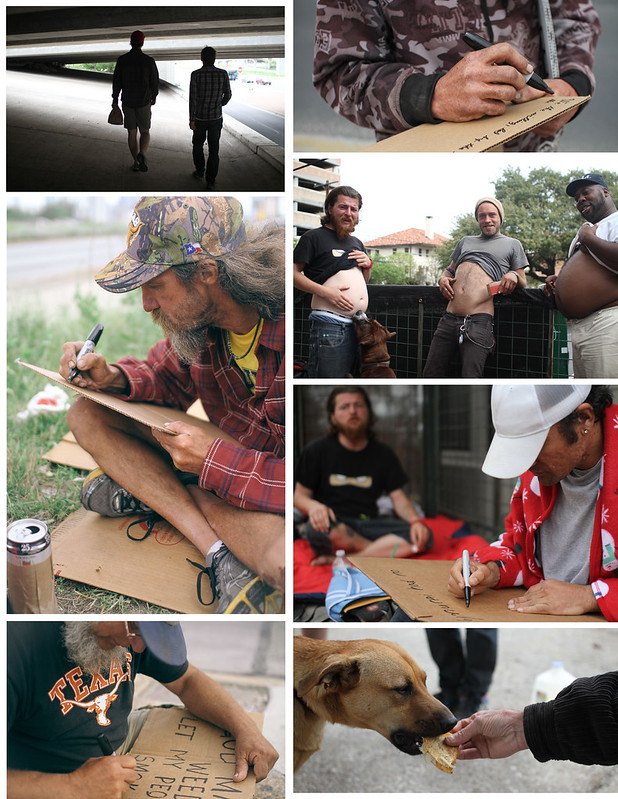
I seek to address misconceptions regarding homelessness through photography and life stories, and exploring the historic correlation between documentary photography and social problems. I measure the success of my thesis on the interactions and comments of those around me. Friends and family were initially hesitant to ask questions regarding my thesis, but have now come to learn the name of several of the homeless men and women that I see each week.
One friend, originally fearful of the homeless near the university campus, told me that she stopped and spoke to a homeless woman on her way home from class. This is success. For friends, and family, and strangers to see photographs and hear the stories of homeless men and women, and then change their response toward homelessness is victory. For a photograph to elicit an emotional response or acknowledgement of a homeless man or woman previously invisible is enough.
Through this thesis, I gained a greater appreciation for photographers that came before me and established the practice of documentary photography. I learned more about the history of homelessness, its present-day causes that addressed my own my misconceptions. Cardboard Testimonies proved to be something more than tangible photographs and pieces of cardboard. Every conversation did not yield an interview or a photograph, but each interaction with a homeless man or woman addressed society’s tendency to make that person invisible.
